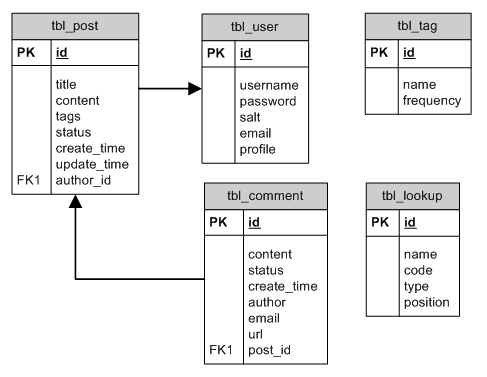

Now we are all set to try a few examples based on the ORDER BY DATE clause with the help of this table. In the shipped_at field, we have just added a few days to the current date of the system. The former is of the DATETIME data type and the latter is of the DATE data type. Note that we have two date fields, ordered_at, and shipped_at column. The data in the populated e-transactions table look something as follows: We can use the following INSERT statement for this purpose.

Let’s insert a few records in it to work with. We can use the following CREATE TABLE statement to create the said table. pertaining to orders placed on an ecommerce platform. As the name suggests, the table contains details such as order date, ship date, etc. Ergo, let’s create a dummy table called “e-transactions”. In order to illustrate the working of the ORDER BY DATE statement, what can be better than trying a few examples on a dummy table. Having learned the syntax and parameters used for writing ORDER BY clauses, let us try a few examples to understand the concept in detail. ASC | DESC: Order of sorting as in ascending(ASC) or descending(DESC).date_field: Column of date data type according to which the records have to be sorted.condition_expression: Condition on the basis of which rows have to be filtered.table_name: Database table from which the above-mentioned columns have to be fetched.column_name_1, column_name_2, …, column_name_n: columns or fields that have to be fetched for the final result set.The parameters used in the above-mentioned syntax are as follows: The basic syntax used for writing the SELECT query with ORDER BY clause is as follows: Sorting the rows based on the city first in ascending order and then by pin code in descending order within each city: SELECT *Īs you can see that the rows are sorted by CITY in ascending order and then within city sorted in reverse order by pincode.Hadoop, Data Science, Statistics & others Sorting the rows based on the city first and then by pin code within each city: SELECT *Īs you can see that the rows are sorted by CITY and then within city sorted by pincode.

Table: EMPLOYEE EMP_ID EMP_NAME COUNTRY CITY PINCODE When multiple columns are used in ORDER BY, first the rows will be sorted based on the first column and then by the second column. However we can use multiple columns in ORDER BY clause. In the above examples, we have done the sorting based on a single column. SELECT NAMEĪs you can see, we have got a list of student names sorted in the descending order. The following SQL statement will fetch the student names from the table “STUDENT” and the returned names will be sorted in descending order (we have used DESC for descending order in the ORDER BY clause). So it is safe to say that the following query is same as the above query and would fetch the same result. Note: The default order of sorting is ascending so the rows will be sorted based on the column “AGE”, even though we have not used the ASC keyword in order by clause. The following SQL statement will fetch all the records from the table “STUDENT” and the returned rows will be in ascending order of student age. Lets say we have a table “STUDENT” with the following records. Here ASC is used for sorting in ascending order and DESC for descending order. ORDER BY Syntax SELECT column_name1, column_name2, column_name3. This clause can be used with multiple columns as well. By using ORDER BY clause, we can sort the result in ascending or descending order.

ORDER BY clause is used to sort the returned records in an order. With the help of ORDER BY clause, we can order the rows in a desired order. We know that SQL SELECT Statement returns the rows in no particular order.


 0 kommentar(er)
0 kommentar(er)
